Albatros D.V. Luftstreitkrafte Imperial German Air Service
Production Time 9 to 10 weeks
Shipment is by FedEx, UPS or DHL International Express Courier with a normal door-to-door delivery time worldwide of within 2-3 business days after dispatch. Due to the current volatility of world fuel prices, the amount mentioned here is our best estimate for DHL and UPS and may be subject to change at the time of shipping.

Model Description: Albatros D.V. Luftstreitkrafte Imperial German Air Service Wood Replica Scale Custom Model Aircraft
Manufacturer: Albatros Flugzeugwerke
Wingspan: 15 Inches (38.1 Centimeters)
Height: 5.1 Inches (13 Centimeters)
Scale: 1:17
$279.50
Production Time 9 to 10 weeks
-
United States dollar ($)
-
Pound sterling (£)
-
Euro (€)
-
Australian dollar ($)
-
Canadian dollar ($)
-
Singapore dollar ($)
-
Swiss franc (CHF)
-
Japanese yen (¥)
-
Danish krone (kr.)
-
Hong Kong dollar ($)
-
Norwegian krone (kr)
-
Swedish krona (kr)
-
United Arab Emirates dirham (د.إ)
General Product Description
Our PlaneArts Albatros D.V. Luftstreitkrafte Imperial German Air Service model exhibits unique, unrivaled quality and detailed design to come as close as possible to the accuracy of the actual plane. It comes as standard with a robust, durable base or stand which is available in a variety of different finishes designed to match your own personal requirements including solid wood, wood with polished metal supports or adjustable wood wall mount and will be ready within about 9-10 weeks from placement of order.
The Albatros D.V. Luftstreitkrafte Imperial German Air Service model is made of the finest kiln dried renewable mahogany wood (commonly known as Lauan or Meranti) which has undergone many stages of carving and meticulous and careful sanding giving the beautiful, finished museum quality masterpiece. Many collectors and model connoisseurs demonstrate their preference for genuine handmade and hand painted mahogany wood models rather than plastic or die cast (diecast) alternatives due to the overall look and totally different feel of the item - we trust you will find the same. We can however, if required produce the same model in Solid Cast Resin so just click and contact us for further information. Our craftsmen and gifted artisans ensure that our finely handcrafted model airplanes match the precise blueprint details of the original aircraft. The paint scheme, markings and parts are closely matched, reflecting the original aircraft. This stylish top-quality desktop replica model will surely enthrall anyone who receives this as a gift and for sure one of the most appropriate and desirably collectable gifts for any military aviation enthusiast and avid aircraft collector whilst also displaying a perfect resemblance to the actual real life version.
There are many types of military propeller aircraft, but the basic types are bombers, fighters, fighter bombers, spotter planes, transporters, patrol aircraft, trainers, and reconnaissance and observation aircraft. All these types of aircraft are used for different types of missions. If you're a fan of historic or present-day military aviation, our model aircraft will bring the excitement and character of these aircraft right into your own home. You can order a wood airplane model of a North American B-25 Mitchell Bomber, a B17 - Flying Fortress, or a P-51 Mustang Nervous Energy V not forgetting the Bf 109, Spitfire, FW 190, A6M Zero, P-38 and F4U. These classic, propeller airplane models are of the highest quality. Each is individually crafted by our expert craftsmen. They produce handmade scale mahogany airplane models of the finest aircraft from World War I and II to present day biplanes and triplanes.
If you require, we can also make the Albatros D.V. Luftstreitkrafte Imperial German Air Service model in any other military, government or even private livery or colour scheme you require and if necessary, in a different size or scale. Just click here to contact us with a description or photographs of what you require, and we will let you have a quotation for the necessary customization by return email. We can also make bespoke scale replicas of any other private / civil commercial airliner or airliners, helicopter, glider, gliders with engines, military jet, warplane jets, biplane, triplane, tail fin, spacecraft, rocket or NASA model you require in any airline, military or civilian livery or colors. We also produce model airships, blimps, dirigibles, blimps, boats, and ship collectibles. Wall plaque or seal for military, government or private customers. Again, by clicking here to contact us just let us know exactly what you need.
The Albatros D.V: A Quintessential Fighter of the Imperial German Air Service
The Albatros D.V was a German fighter aircraft that became one of the Luftstreitkräfte’s (Imperial German Air Service) most iconic planes during World War I. This biplane merged advanced aerodynamics, construction techniques, and the period’s burgeoning aeronautical engineering, marking a significant period in military aviation history. The D.V was a development of its predecessor, the Albatros D.III, aiming to improve performance and address the structural weaknesses that plagued earlier models. Despite its mixed reputation among pilots for various reasons, the D.V played a crucial role in aerial combat on the Western Front.
Design and Development:
The Albatros D.V featured a refined design that built upon the successful elements of the D.III. It retained the same Mercedes D.IIIa engine, which delivered around 160-180 horsepower, allowing for a top speed of approximately 115 miles per hour. However, the D.V introduced a slightly smaller wingspan and a restructured fuselage for better aerodynamic efficiency. The fuselage was more streamlined, with a semi-monocoque construction that enhanced rigidity while reducing the aircraft’s overall weight.
One of the significant changes in the D.V was the relocation of the radiator from the center of the upper wing to the side. This adjustment aimed to reduce the risk of the pilot being scalded by hot coolant in the event of a radiator rupture, a common issue in earlier models. Furthermore, the D.V’s cockpit was moved slightly rearward, improving the pilot’s field of view.
Operational Use:
Introduced to the front lines in mid-1917, the Albatros D.V quickly became a staple in the German Air Service’s arsenal. Its deployment coincided with a period of fierce aerial combat, as the Allied forces were also improving their aircraft designs and tactics. Despite its advancements, the D.V faced criticism from pilots who found it offered little improvement over the D.III, particularly in terms of climb rate and maneuverability. Additionally, structural failures in the lower wings, a problem inherited from its predecessor, continued to plague the D.V.
Nonetheless, the aircraft was favored for its relatively easy handling and robust construction. Pilots could execute tight turns without significant loss of control, a testament to its well-considered design. The D.V was armed with two synchronized 7.92 mm LMG 08/15 machine guns, providing effective firepower against enemy aircraft.
Legacy:
Over 900 Albatros D.Vs were produced, along with an improved variant, the D.Va, which featured strengthened wing spars and a slightly modified control system. Despite its shortcomings, the Albatros D.V is remembered for its contribution to the development of fighter aircraft during World War I. It served the Imperial German Air Service in a crucial period of aerial warfare evolution, bridging the gap between early war designs and the more advanced aircraft that would follow.
The Albatros D.V’s legacy extends beyond its operational history; it symbolizes the rapid advancements in aviation technology and combat tactics during World War I. Today, it is celebrated among aviation enthusiasts and historians as a key player in the era’s aerial battles, representing both the challenges and achievements of early 20th-century military aviation.
| Weight | 6 kg |
|---|---|
| Dimensions | 13.8 × 15 × 5.1 in |


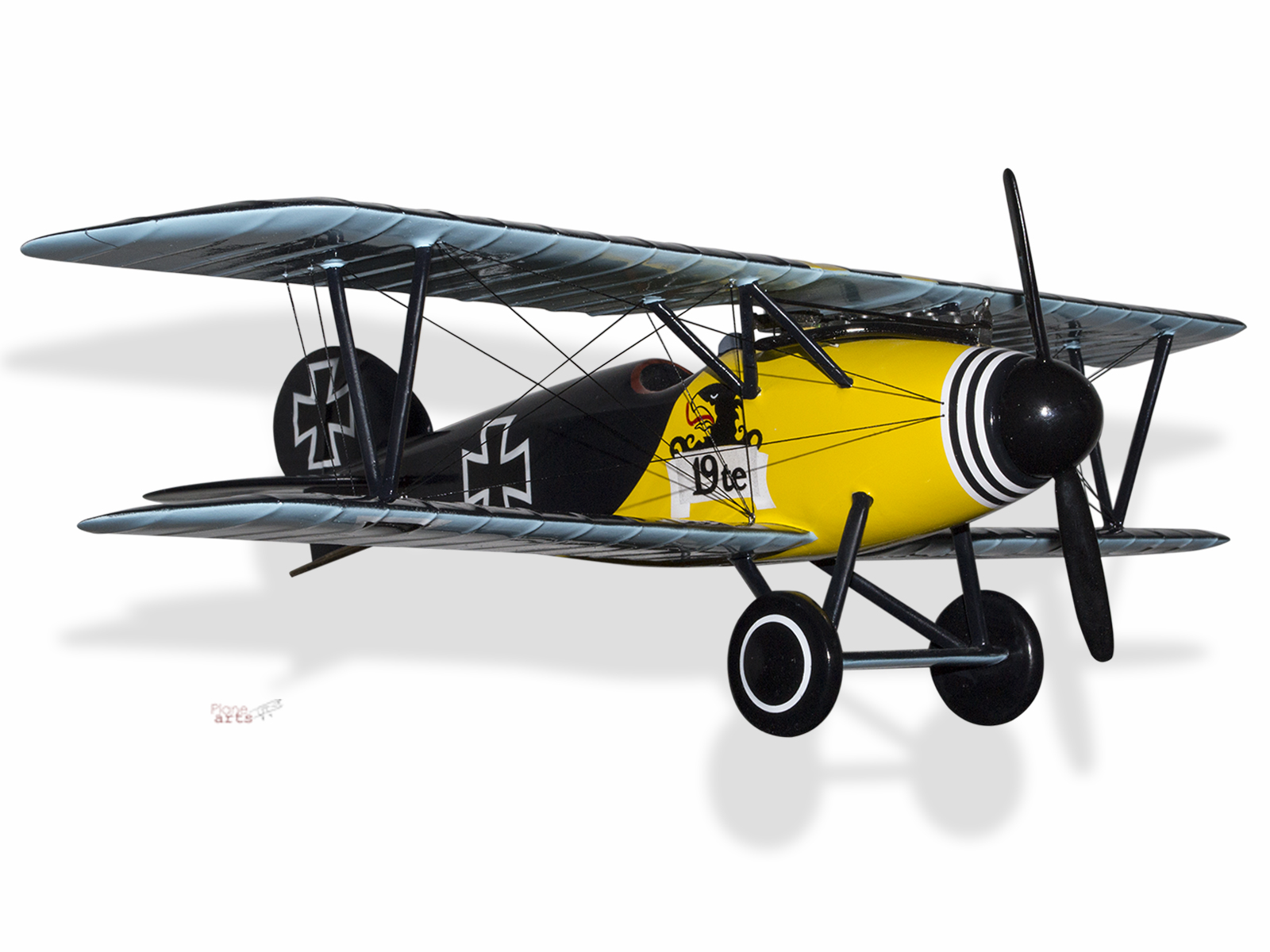
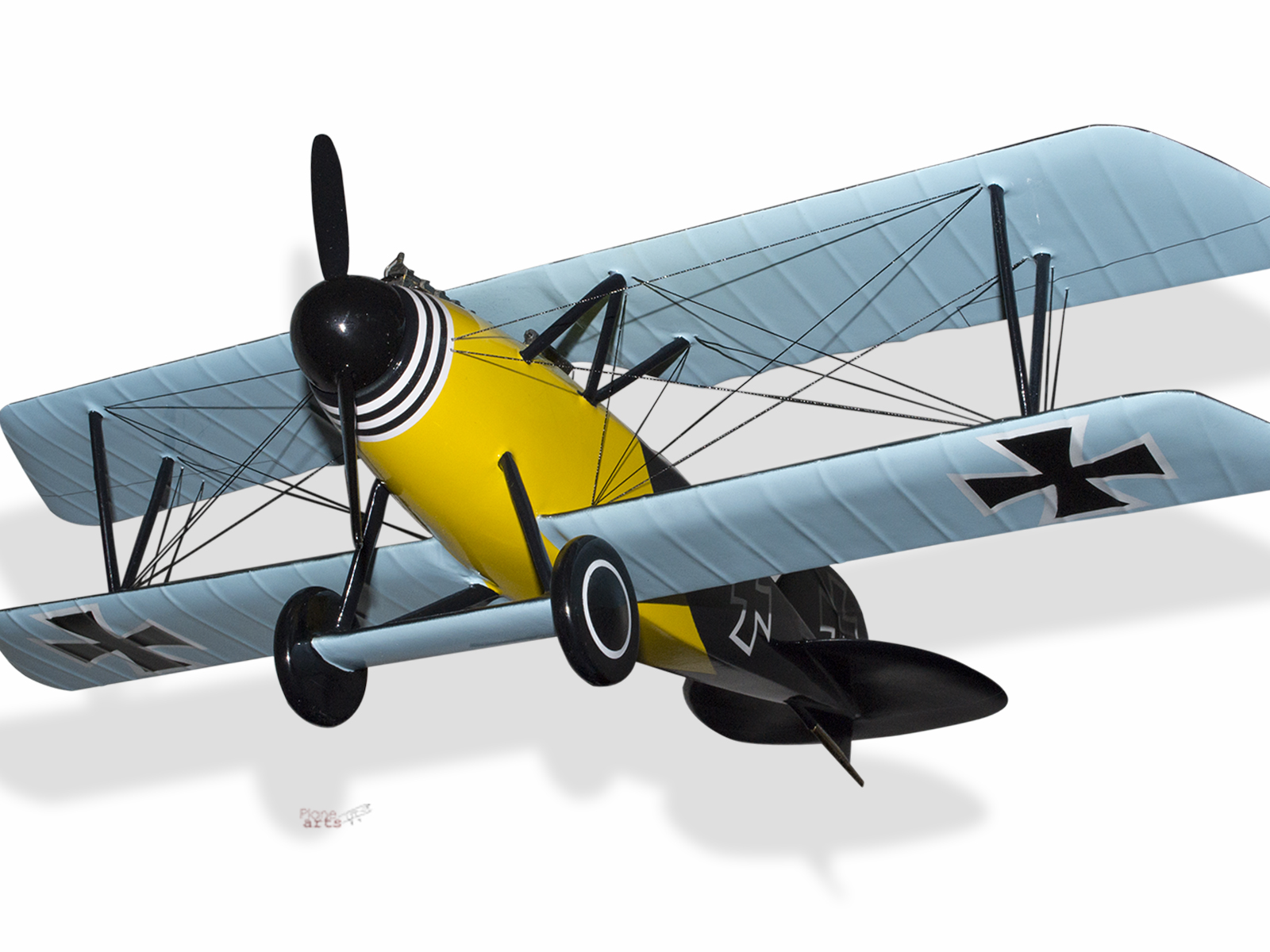
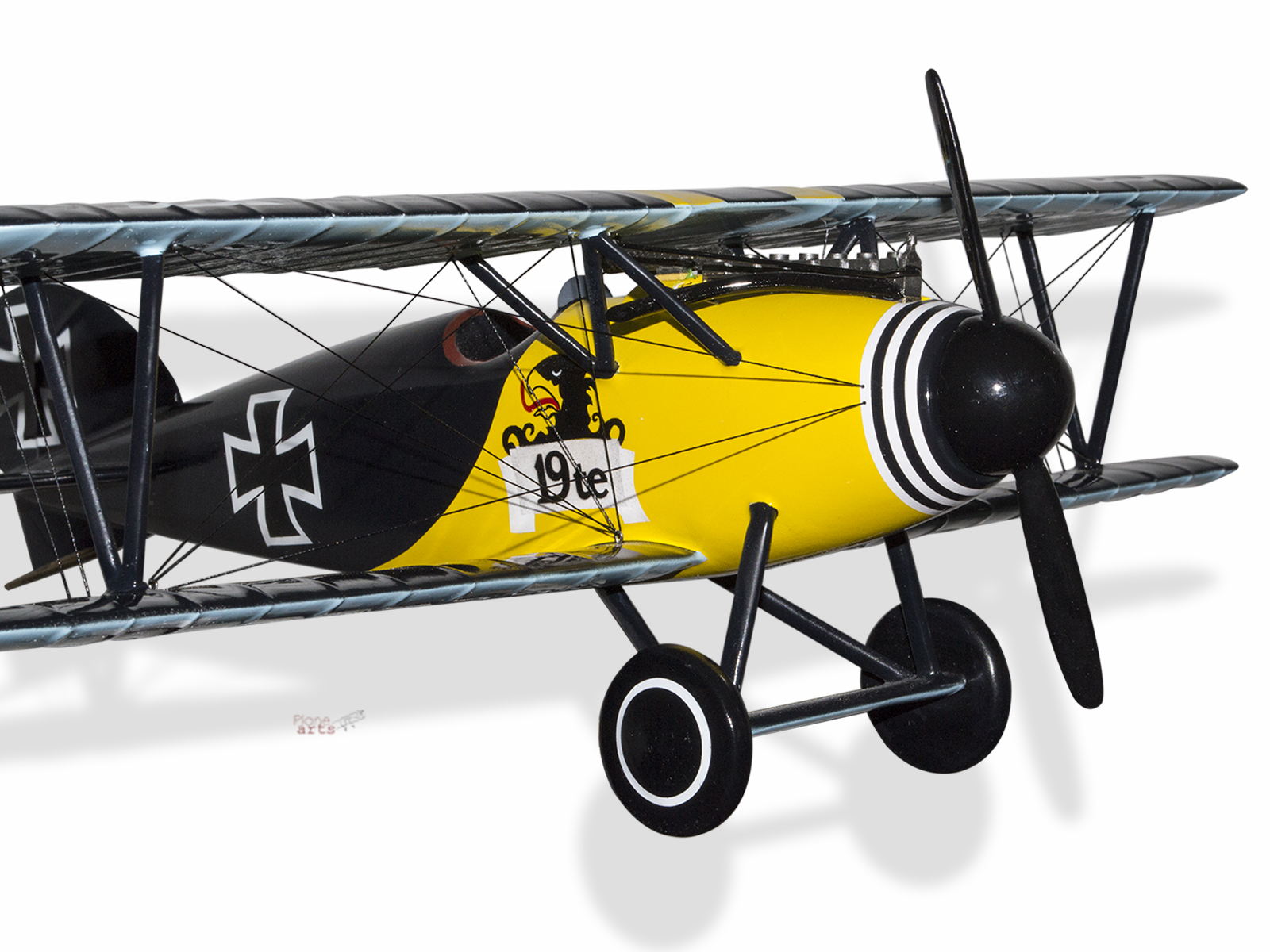
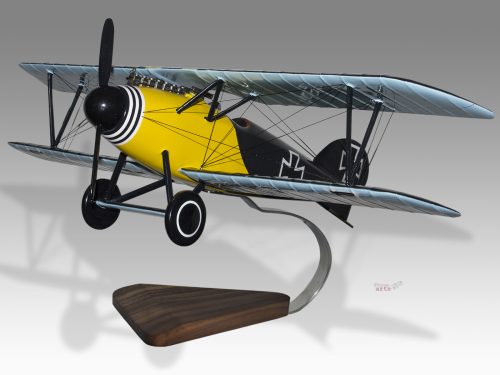

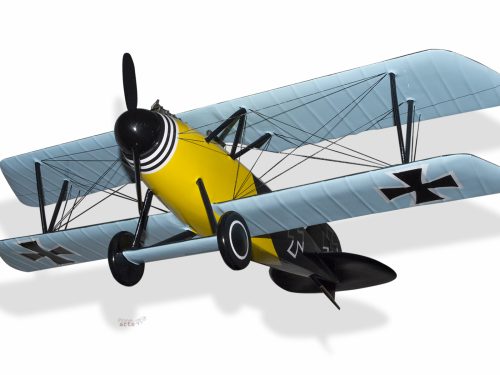
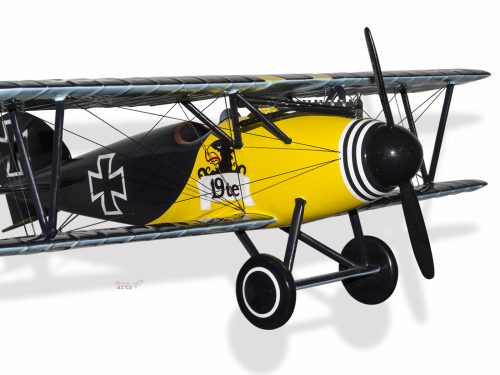
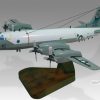
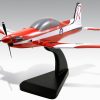
Reviews
There are no reviews yet.